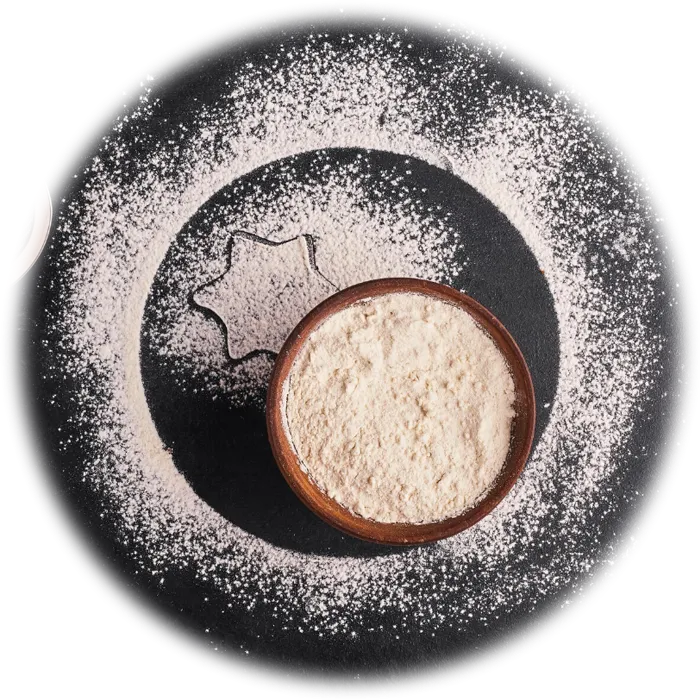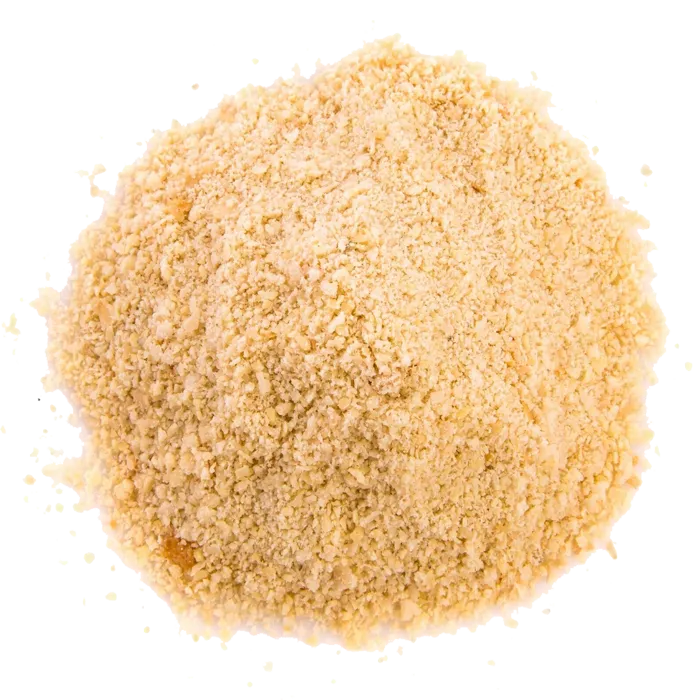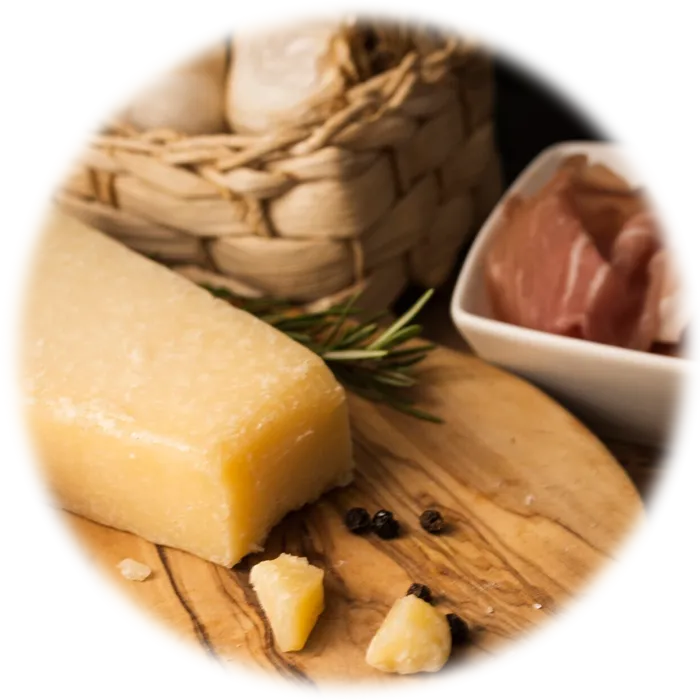

Top Health Benefits of Korean Corn Dogs You Need to Know
Korean Corn Dogs offer a delightful combination of flavors and essential nutrients. The hot dog sausages provide a good source of protein, helping with muscle repair and growth, while the mozzarella cheese (if added) contributes calcium, which is crucial for bone health. The batter, made from flour and cornstarch, offers energy through carbohydrates, providing the body with fuel for daily activities. The breadcrumbs or crushed cornflakes used for coating add a crispy texture, though they contribute some additional carbohydrates. The dish also contains beneficial fats, especially if cooked with healthy oil like olive oil. Overall, when enjoyed in moderation, Korean Corn Dogs can be a satisfying treat, offering a balance of protein, fats, and carbohydrates. Additionally, they can be paired with healthy sides like a fresh salad or veggies to boost their nutritional profile.
 Hot Dog : 4 Piece
Hot Dog : 4 Piece Mozzarella : 100 g
Mozzarella : 100 g Wheat Flour : 1 Cup
Wheat Flour : 1 Cup Corn starch : 2 Tablespoon
Corn starch : 2 Tablespoon Baking Powder : 1 Teaspoon
Baking Powder : 1 Teaspoon Sugar : 1 Tablespoon
Sugar : 1 Tablespoon Chicken Egg : 1 Piece
Chicken Egg : 1 Piece Cow Milk : 1/2 Cup
Cow Milk : 1/2 Cup Salt : 1/2 Teaspoon
Salt : 1/2 Teaspoon Breadcrumbs : 1 Cup
Breadcrumbs : 1 Cup Frying Oil : as needed
Frying Oil : as needed Mustard : to taste
Mustard : to taste Ketchup : to taste
Ketchup : to taste Parmesan : to taste
Parmesan : to tasteRecipe :
For 4 people
Enjoy your delicious homemade Korean Corn Dogs!
When preparing Korean Corn Dogs, it's essential to ensure that the sausages and cheese (if used) are properly chilled before coating them in the batter. This helps the batter adhere better and prevents it from falling off during frying. Freezing the sausages for about 15 minutes allows the coating to stick more effectively and prevents any sogginess. Be sure to use a deep pan or fryer with the right temperature, ideally between 170-180°C (340-355°F), to achieve that perfect golden and crispy texture. Frying at too low a temperature can result in greasy and undercooked corn dogs, while too high a temperature may burn the outside before the inside cooks properly. After frying, allow the corn dogs to drain excess oil on paper towels for a crispier finish.

Korean Corn Dogs are not suitable for all dietary preferences. They are not appropriate for individuals following a Vegan or Vegetarian diet due to the use of hot dog sausages and cheese. For those on a Ketogenic or Paleo diet, the high carbohydrate content from the flour-based batter and breadcrumbs makes this dish unsuitable. Additionally, individuals with Gluten Sensitivities should avoid this recipe unless gluten-free flour and breadcrumbs are used, as the traditional batter contains gluten. On the other hand, this dish can be enjoyed by those following a Gluten-Free diet with the proper substitutions. It can also be a good option for people seeking a High Protein meal, thanks to the sausages and cheese, though it should be consumed in moderation for Low-Calorie diets due to the frying process and potential oil absorption. Those following a DASH diet may also enjoy this as an occasional treat, but it should not be a regular part of the diet due to its relatively high fat and sodium content.
...